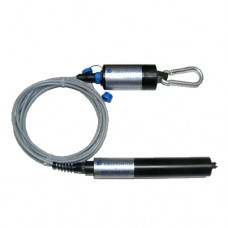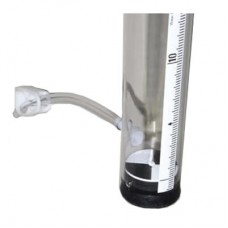Probes & Accessories
Water analysis probes and accessories for turbidimeters in the environment sector. Discover our products from Observator Instruments, Global Water and Wildco .
Showing 1 to 3 of 3 (1 Pages)
Water analysis probes and accessories for turbidimeters in the environment sector. Discover our products from Observator Instruments, Global Water and Wildco .


